Foundations, Associations & Organizations
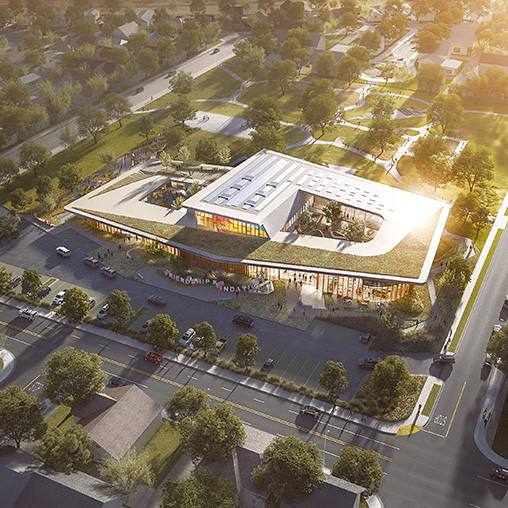
Friendship Foundation Campus
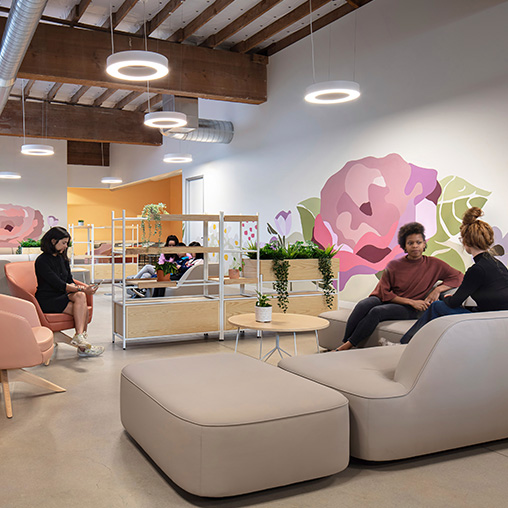
Rose Haven Community Day Shelter
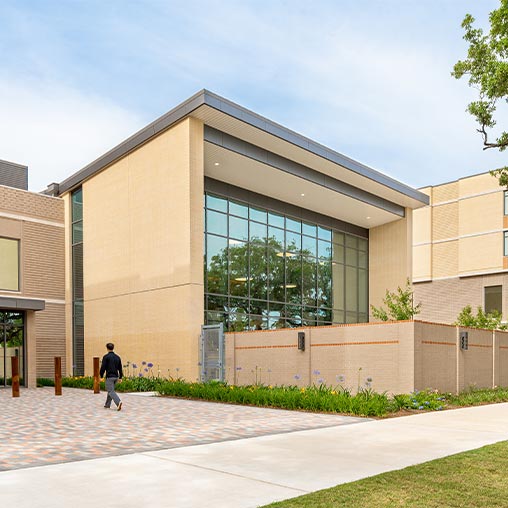
Covenant House Texas, The Jamey Rootes Campus
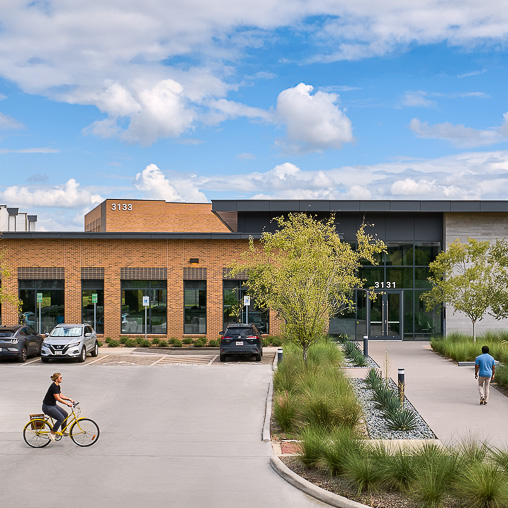
The Houston Alumni and Youth (HAY) Center

Sotheby’s Hong Kong Office

UKANDU

First Love Foundation
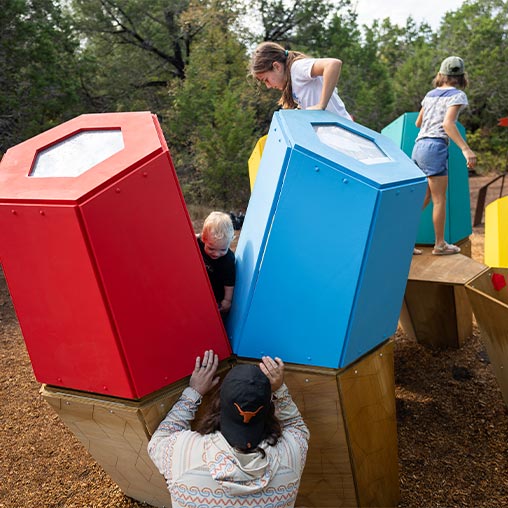
Perch Play Fortlandia
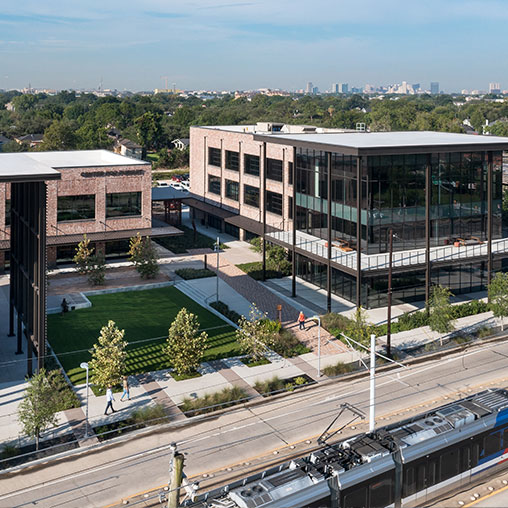
Pursuit Center
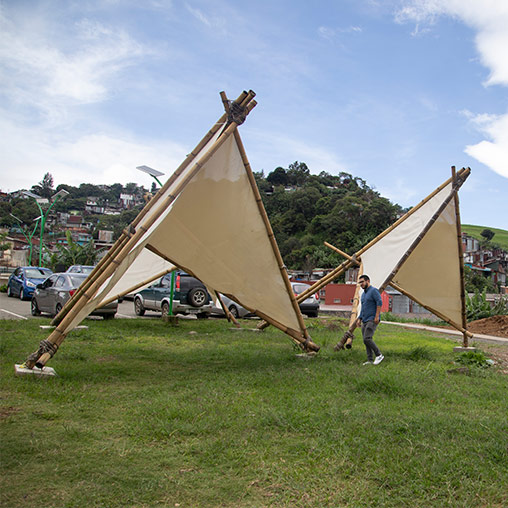
Sustainable Shade Structures

SAFEchild

American Physical Therapy Association Headquarters
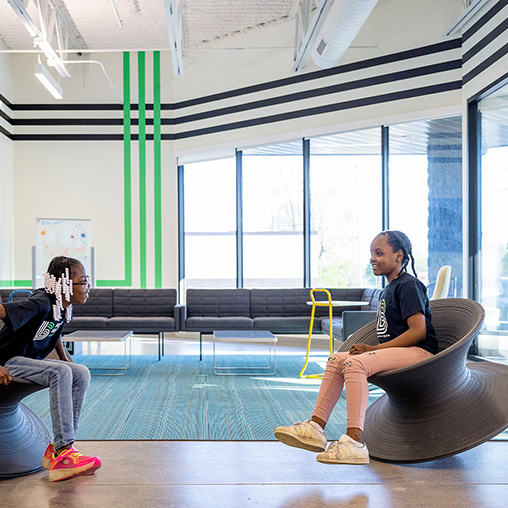
Big Brothers Big Sisters
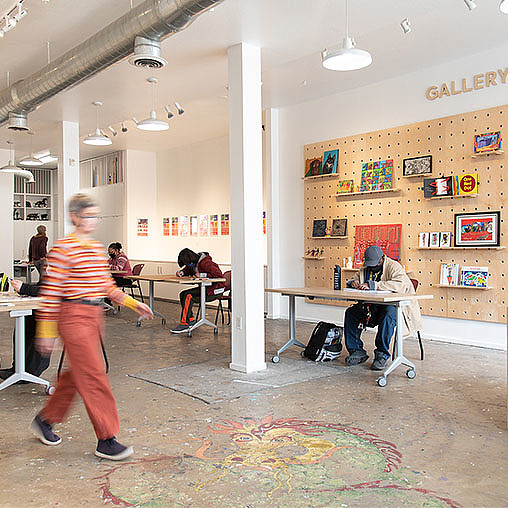
Access Gallery

Jewish Colorado

Plywood Place

Conservation International

LatinoJustice PRLDEF
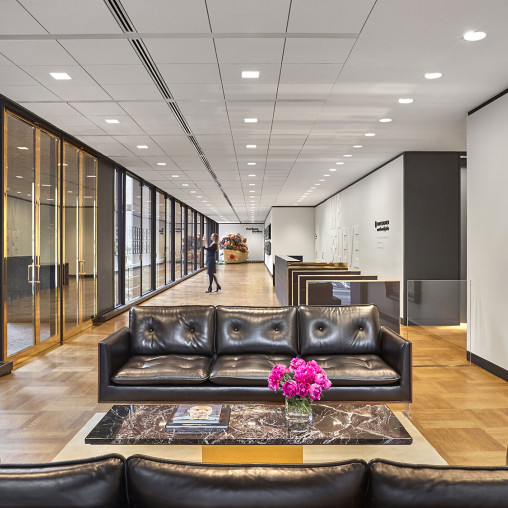
Ford Foundation Center for Social Justice
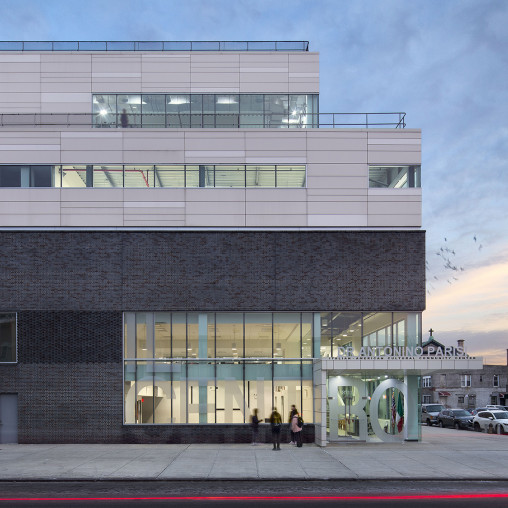
FIAO Il Centro Community Center

Houston Advanced Research Center (HARC)
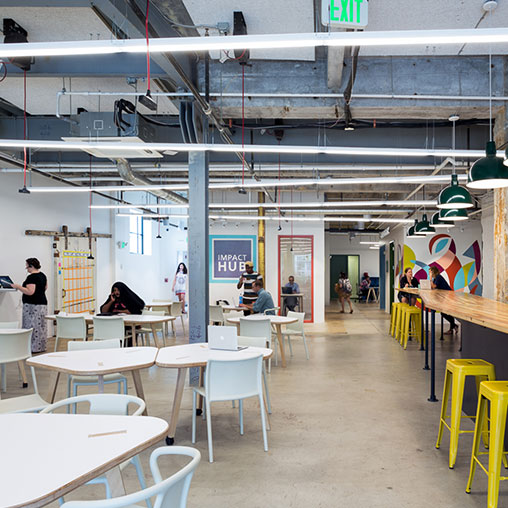
Impact Hub Baltimore
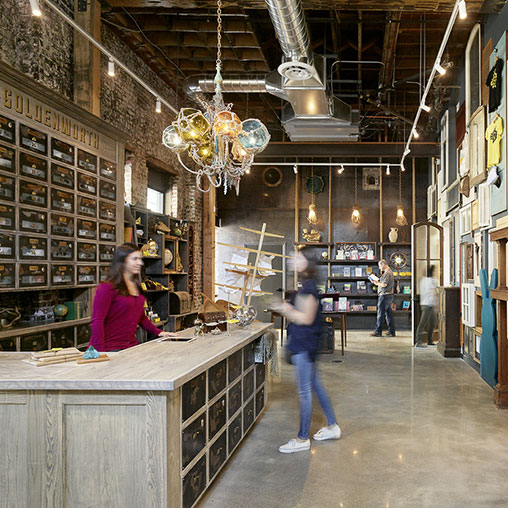
826 Valencia Tenderloin Center

Monogram Dinner by Design

LMI Government Consulting
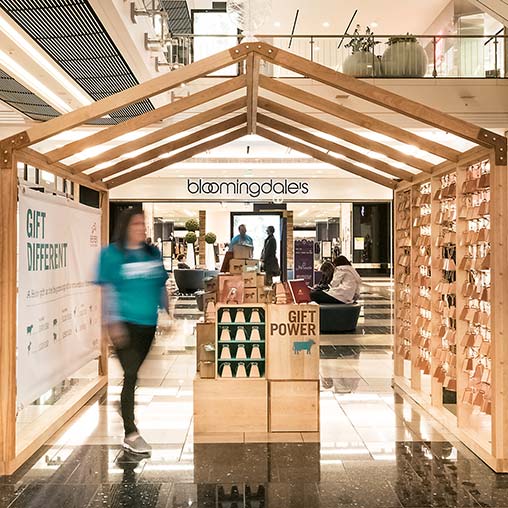
Heifer International

Ambrose Monell/G. Unger Vetlesen Foundation

10 Workplace Trends for 2026: What’s In and What’s Out?

How Design Can Advance Diverse Nonprofit Missions

The Future of Real Estate Metrics: Human Connection

Human and ‘Digital Employee’ Collaboration Will Transform Workplace Design
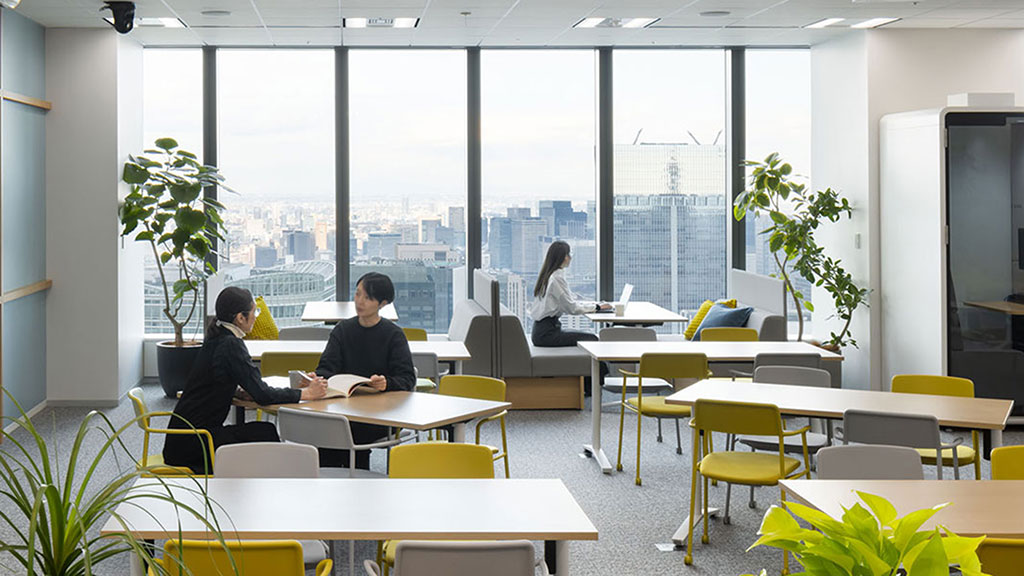
Why Japan’s Workplace Trends Are Moving Against the Global Current

Doing More With Less: Designing Small Spaces for Big Impact
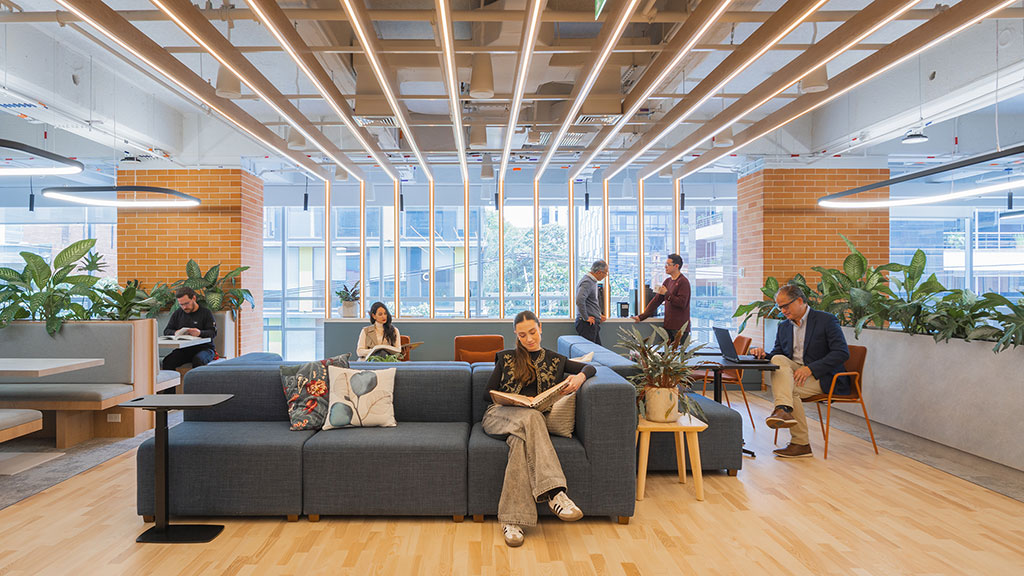
Debunking 3 Myths About Generational Differences in the Workplace
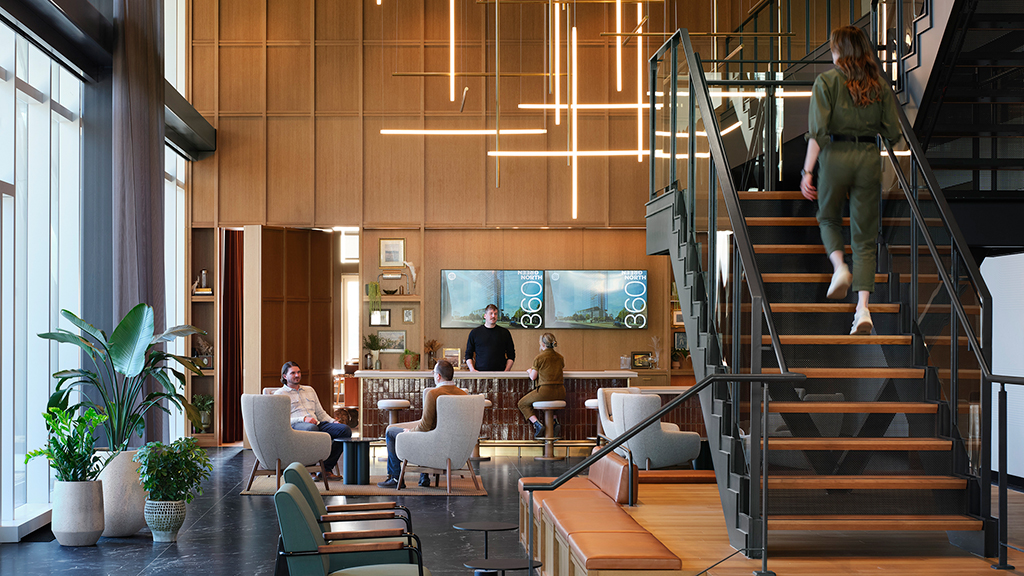
The New Club Workplace: More Than an Amenity
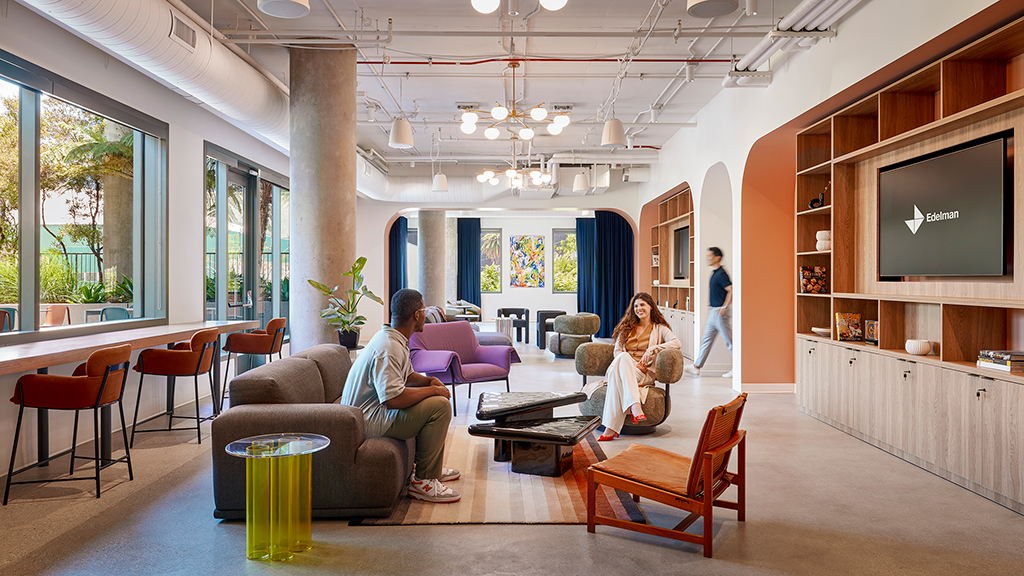
The New Workplace Experiences That People Crave

It’s Time for the Traditional Conference Room to Make Way for New Spaces

How Summer FOMO Is Shaping the Canadian Workplace

Agency Is the New Workplace Amenity

10 Opportunities for a More Resilient and Equitable Jersey City

Why Now Is the Time for a Workplace Reset

What’s Next for the Workplaces of San Francisco?
Shared campuses and coworking models emerge as cost-saving lifelines.
Smaller nonprofits facing funding and talent cuts turn to co-located workspaces and cross-mission campuses to minimize overhead. These shared resources allow them to look to corporate partnerships for new revenue sources.
Nonprofits design for flexibility to manage financial uncertainty.
Real estate leases and workplace design adapts to allow organizations to scale up or down without major financial or operational disruption. The adoption of AI technology in day-to-day operations, communications, and predictive donor analytics can help mitigate economic uncertainty.
Hybrid and mission-driven workplaces reshape space requirements.
With hybrid work still a viable alternative for nonprofits, many organizations reduce their real estate footprints. This increases remote hiring and spurs investment in mission-centered, public-facing offices that support employee collaboration, community engagement, and program delivery better than traditional workplaces. Sustainability, inclusivity, and trauma-informed design remain a driving factor.

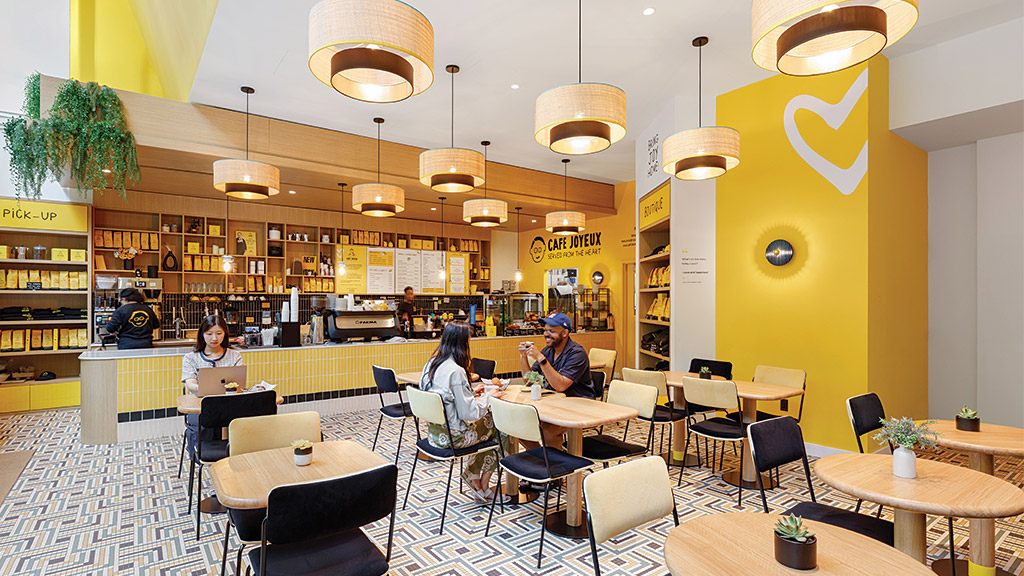
Gensler and Maison Sarah Lavoine Translated Café Joyeux’s Social Mission Into an NYC Eatery

Friendship Foundation Campus Will Provide Opportunities for All Abilities To Learn, Explore, and Find Their Place
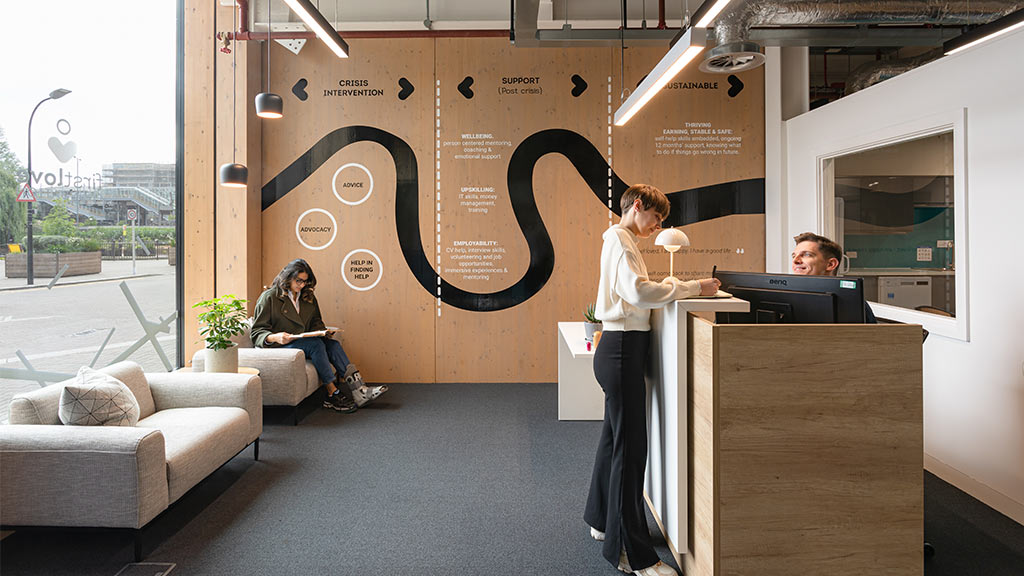
A Look Inside Gensler’s Design of First Love Foundation Offices
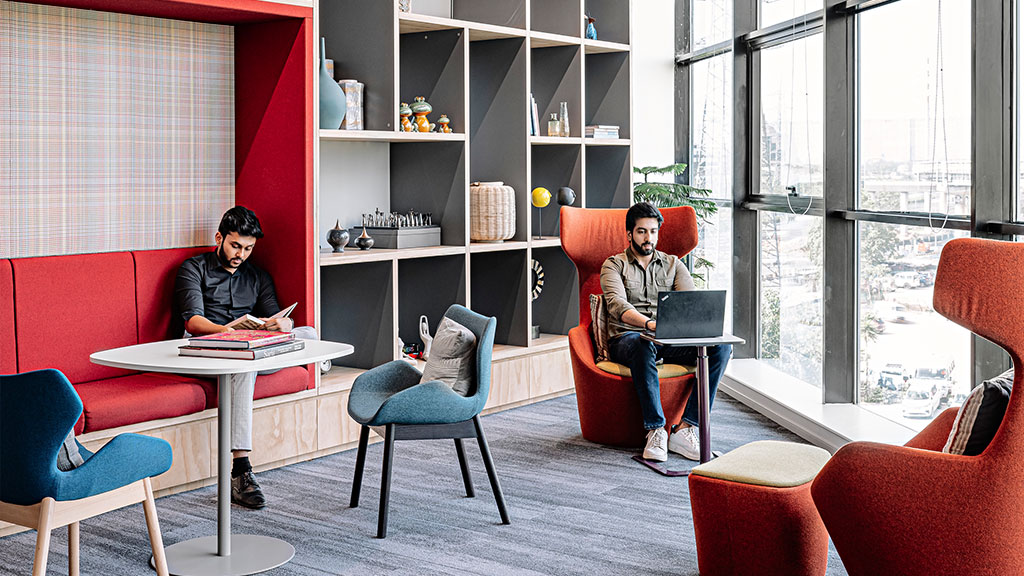
Here’s What Matters for Optimizing Office Spaces for Today’s Needs
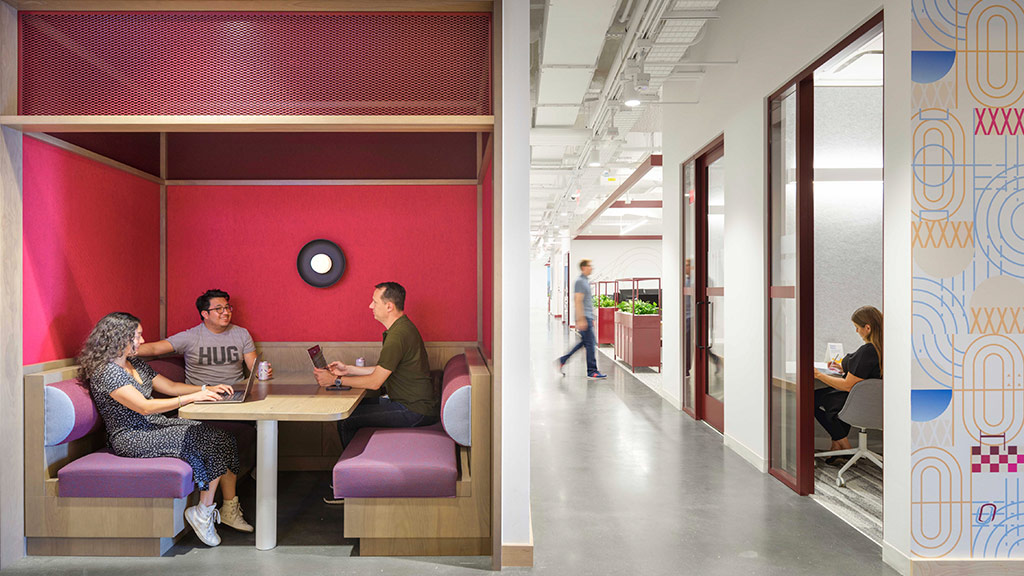
Gensler’s Janet Pogue McLaurin Discusses the Dynamics of the Evolving Workplace
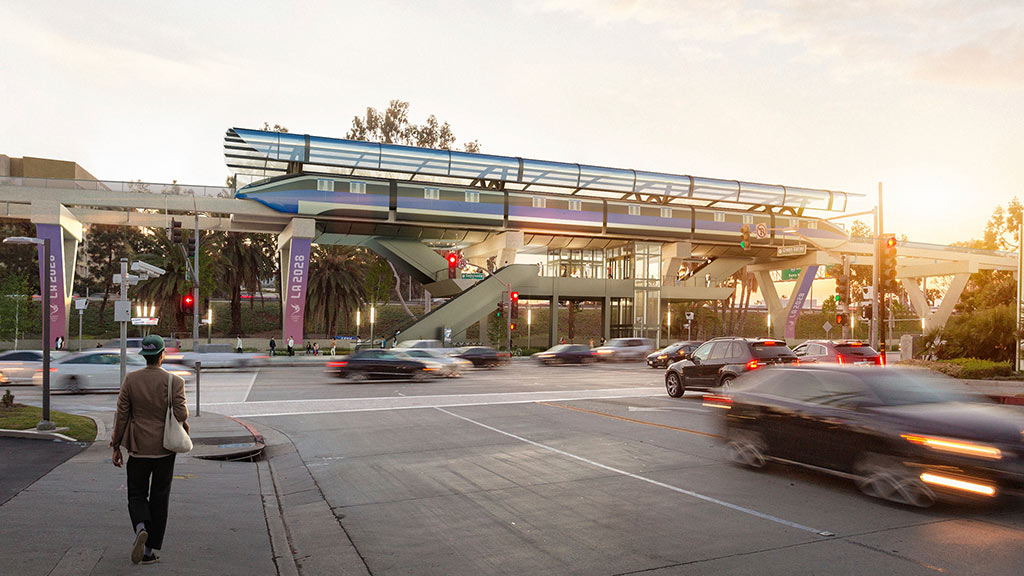
ThisWeekinFM Highlights 10 Trends That Will Change the Built Environment From Gensler’s Design Forecast 2023

Covenant House’s New Gensler-Designed Campus Will Provide Shelter for Homeless Youth

The Jackie Robinson Museum Celebrates the Athlete’s Legacy
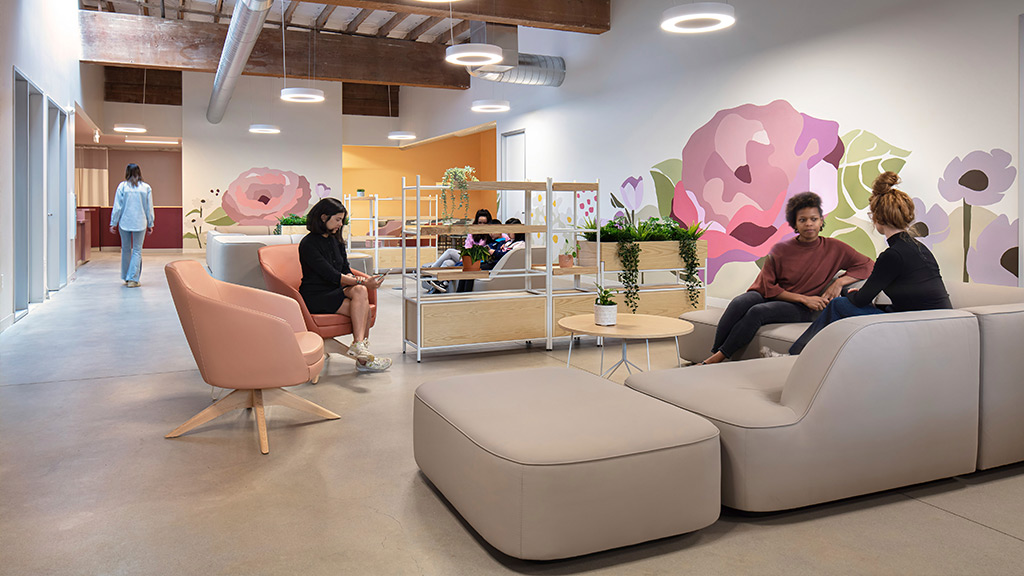
Gensler Brings Trauma-Informed Design to the Forefront at Rose Haven Shelter

A Museum Dedicated to Preserving Jackie Robinson’s Legacy Opens in Manhattan
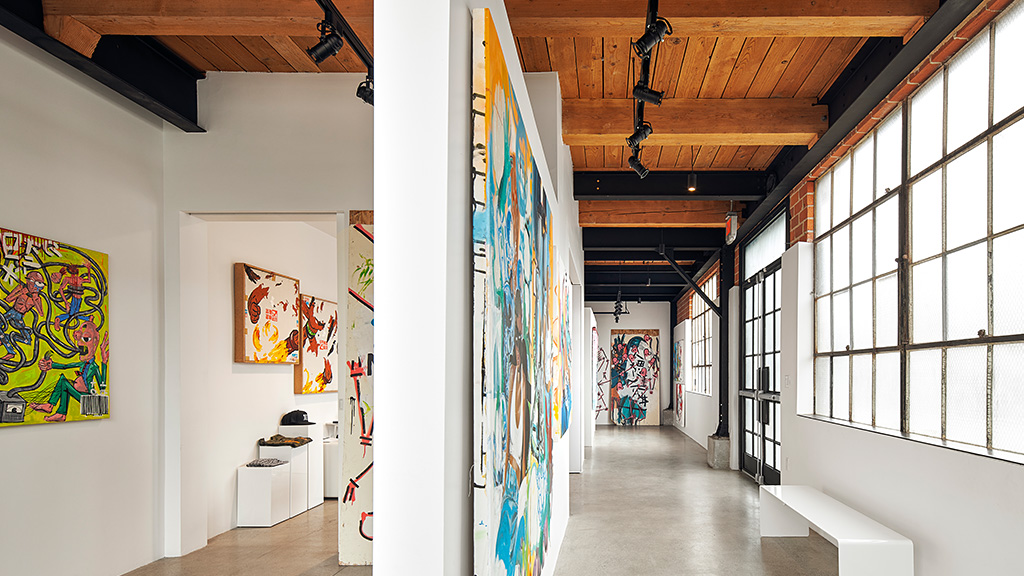
How Museums Have Persevered and Design Trends That Are Here To Stay
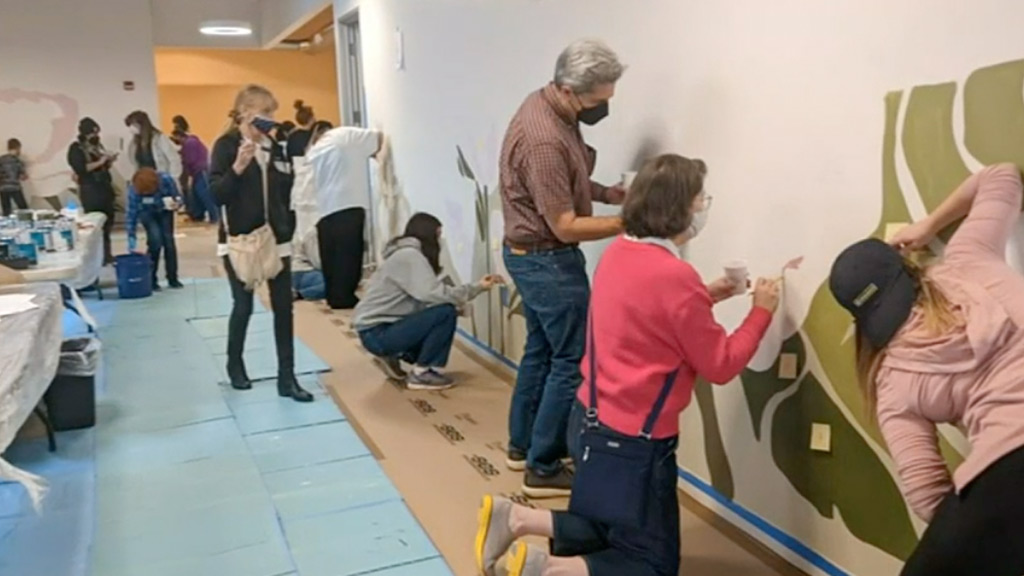
Rose Haven’s New Shelter Includes a Community Painted Mural
